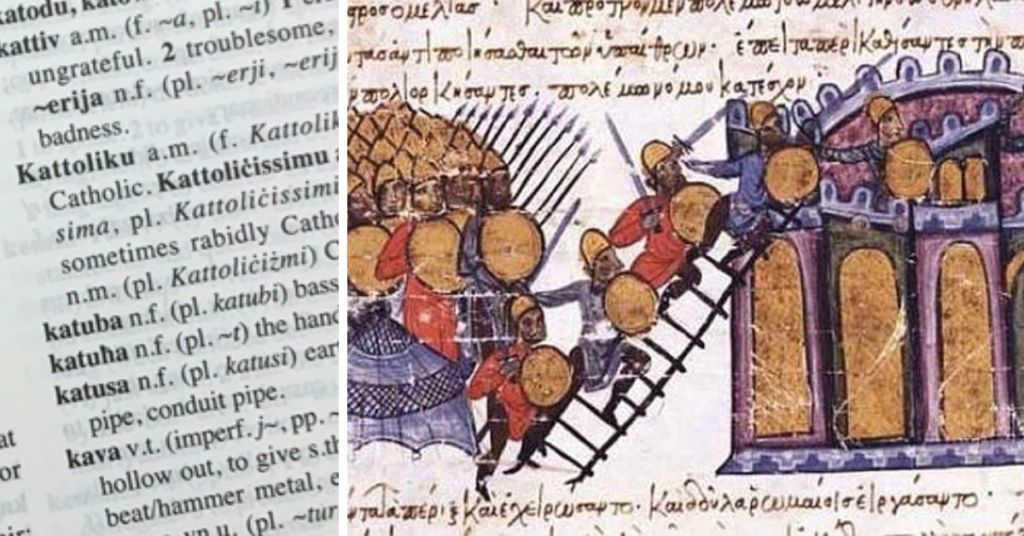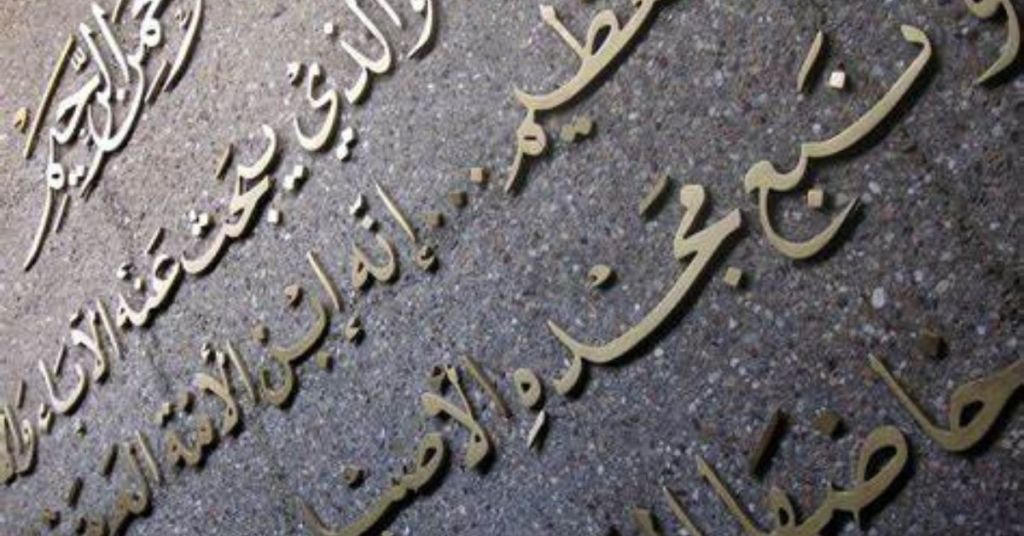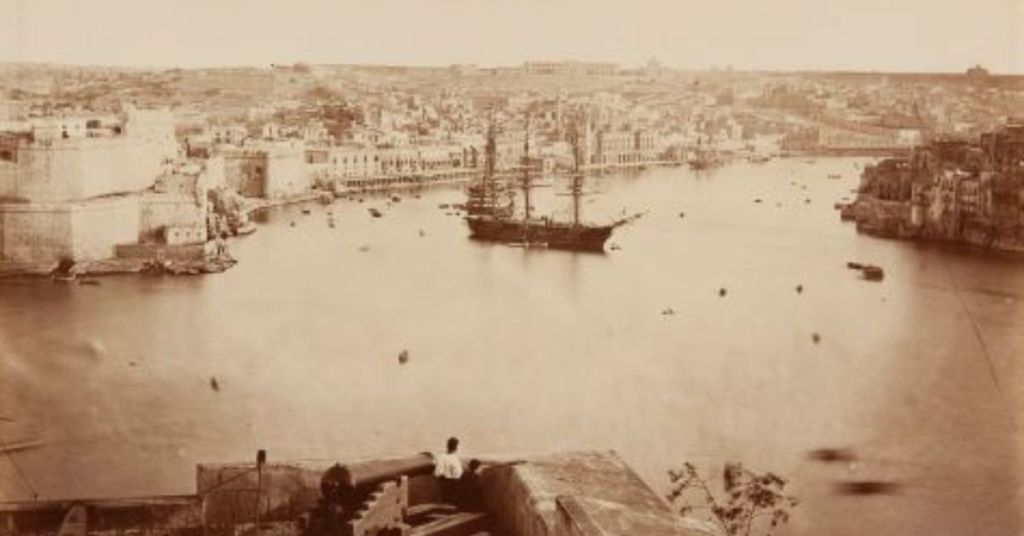World Arabic Language Day: The Arabs’ Influence On Malta’s Language And Culture

Today is World Arabic Language Day, and to honour this UNESCO is shedding a light on ‘the numerous contributions of Arabic to humanity’s cultural and linguistic diversity’.
World Arabic Language Day has been celebrated every 18th December since 2012, the date coinciding with the day in 1973 that the General Assembly of the United Nations adopted Arabic as the sixth official language of the Organisation.
It is undeniable that Malta has deep connections with the Arabic World. No other language has influenced the Maltese language more than Arabic, from which Maltese has inherited vital characteristics.
Not to mention all the places and names which proudly serve as evidence of these unquestionable Arabic roots.
Admittedly, many Maltese tend to ignore or disregard our Arabic history, mainly due to religious, political, and cultural reasons.

However, the islands’ culture is unequivocally linked to Arabic Culture – it is embedded in our everyday language, architecture, and even traditions.
Malta was ruled by the Arabs for around 221 years between 870 and 1091 AD.
The rich culture they brought to the islands significantly impacted all facets of Maltese life, including the numerous economic advances – bringing new methods of agriculture and trade.
Our culture would not be as unique as it is without that Arabic influence.
However, the most obvious influence is on our language.

Besides being the only language with Semitic origins in the European Union, Maltese is also the only Semitic-based language written in the Latin alphabet in the world.
For a long time, Maltese was a spoken language rather than a written one, which might be a contributing factor to it being written in the Latin alphabet.
Siculo-Arabic is most likely to be the Maltese language’s ancestor. Also known as Sicilian-Arabic, it was spoken by the Emirate of Sicily (an Islamic kingdom that ruled Sicily in the 9th-13th century), which included Malta.
Today’s Maltese grammar and verbal forms are not much different from that of Arabic languages.

Malta was colonised by a multitude of other countries including the Greeks, Romans, Byzantines, Normans, Spanish, Italians, French and British – which all left their mark on our small islands.
The Maltese nation is a mixture of all and yet ‘like no other’, and the language is a heavily Latinised descendant of Arabic.
UNESCO encourages discussions surrounding ‘the power of culture as a force of peace, dialogue and mutual understanding.’
“In the diversity of its forms, classic or dialectal, from oral expression to poetic calligraphy, the Arabic language has given rise to a fascinating aesthetic, in fields as varied as architecture, poetry, philosophy and song. It gives access to an incredible variety of identities and beliefs and its history reveals the richness of its links with other languages,” UNESCO said.
It is time for us to embrace our unique heritage. To be proud of our roots, and our language and give great credit to the Arabs.
What is your favorite aspect of the Maltese Language?
